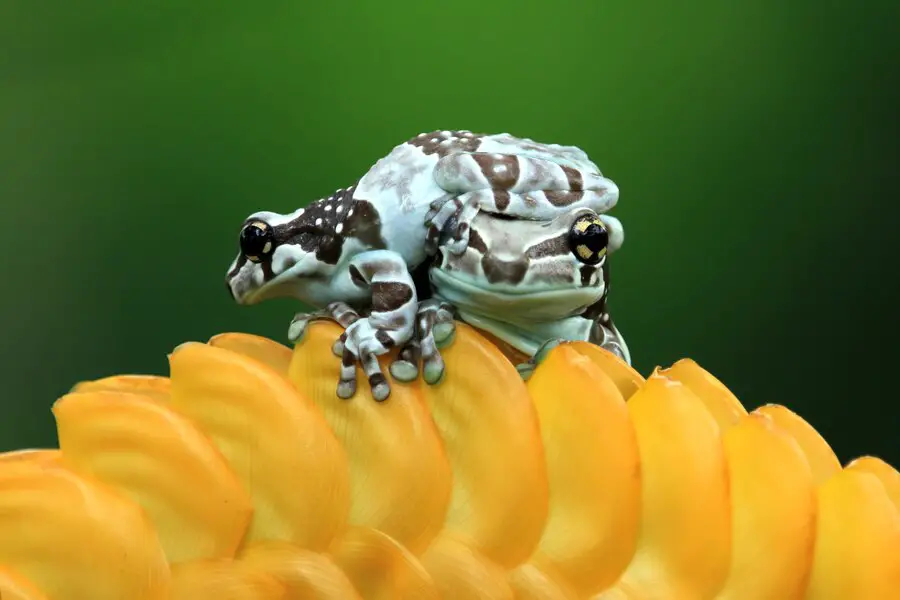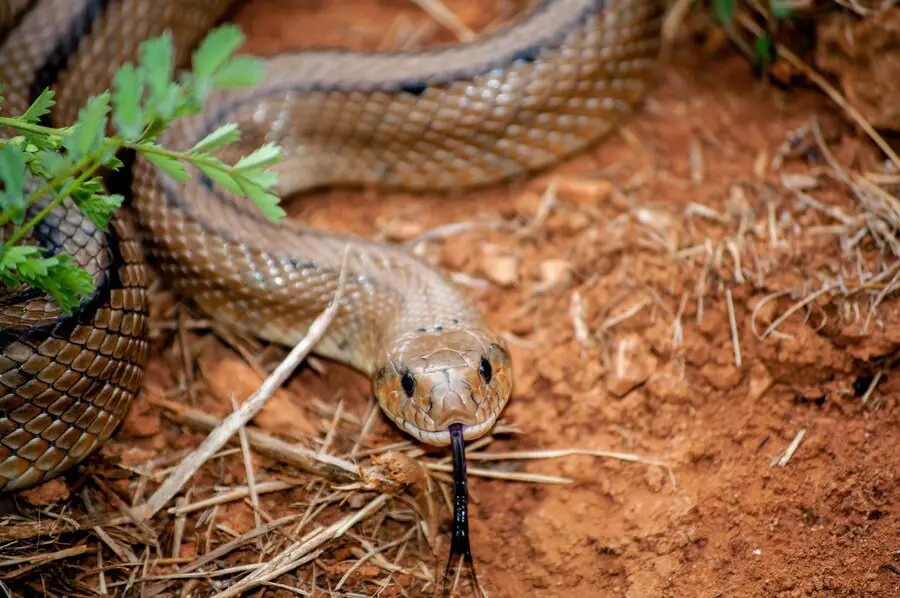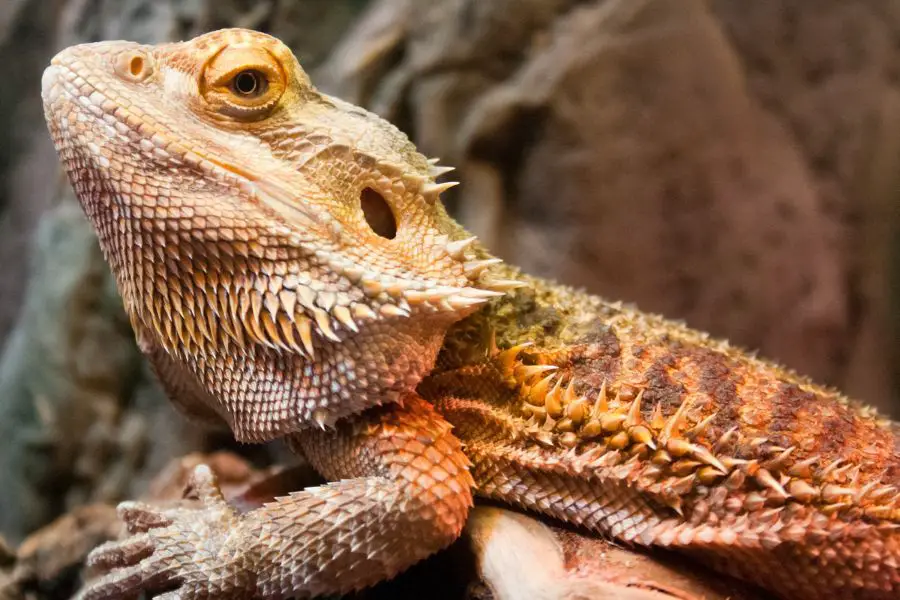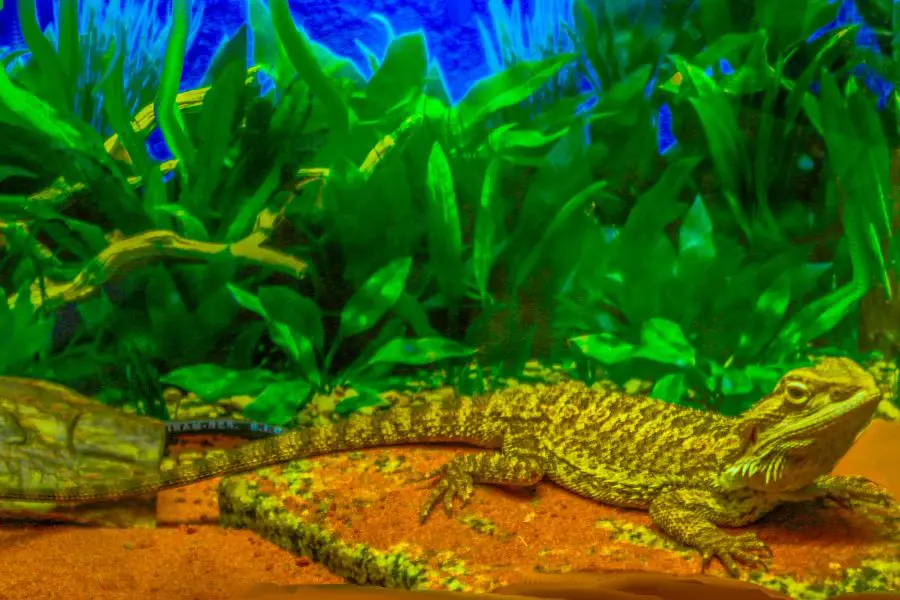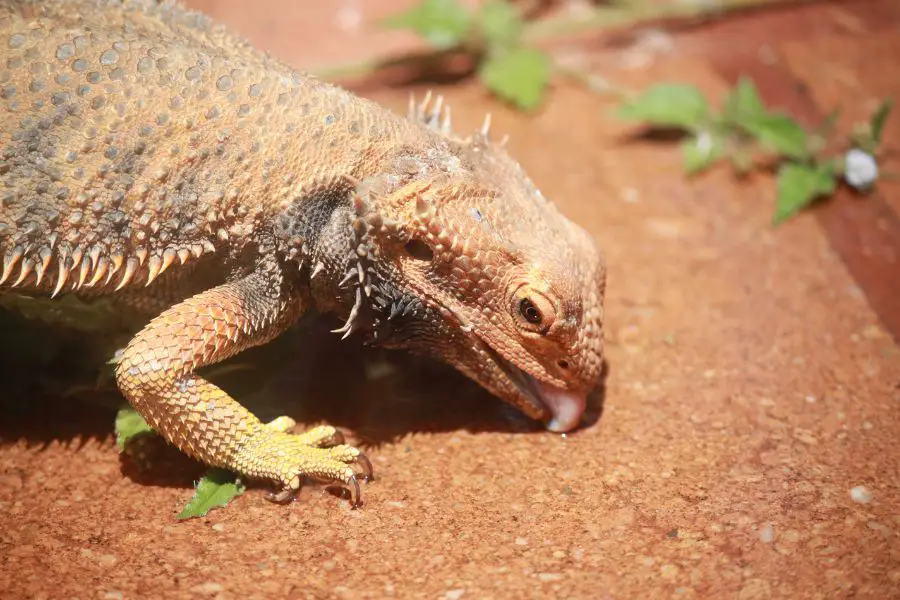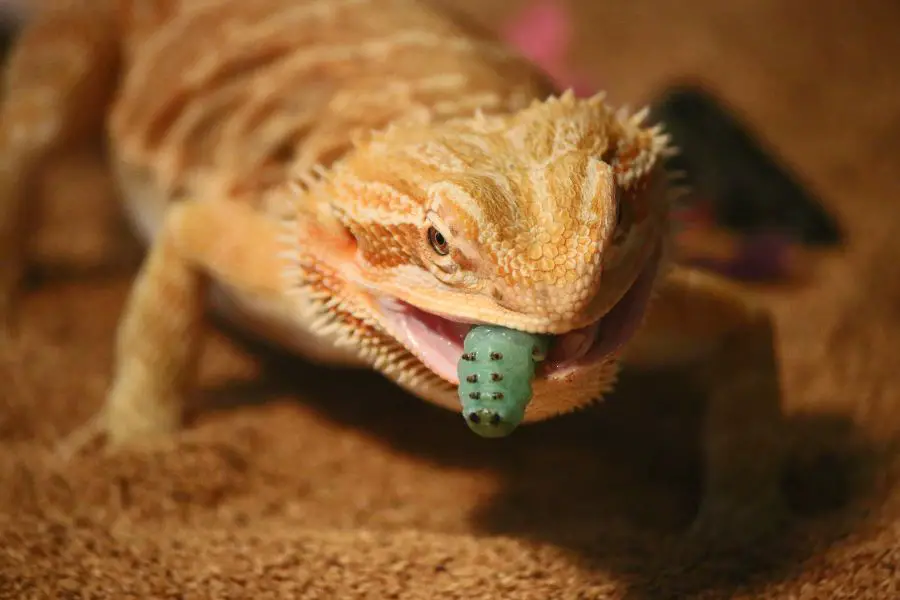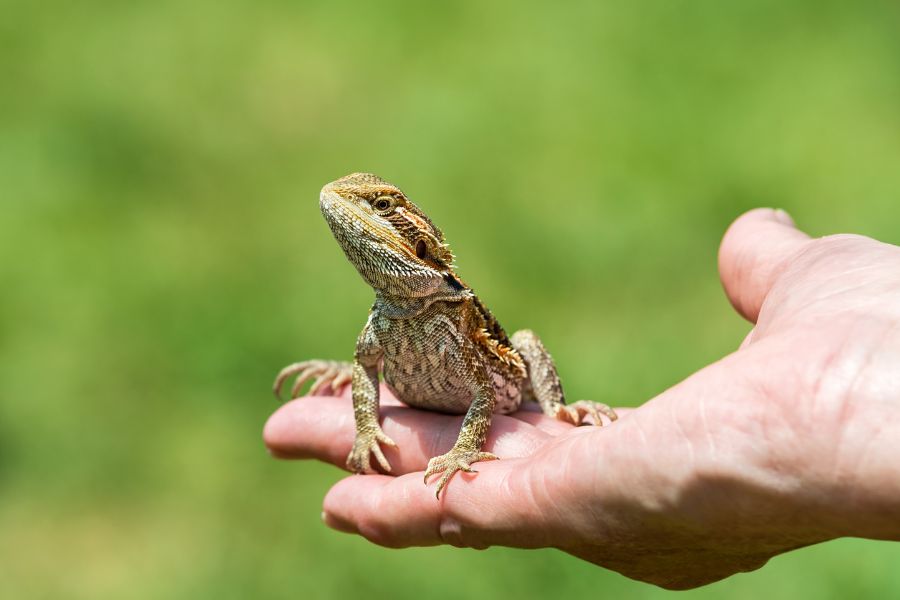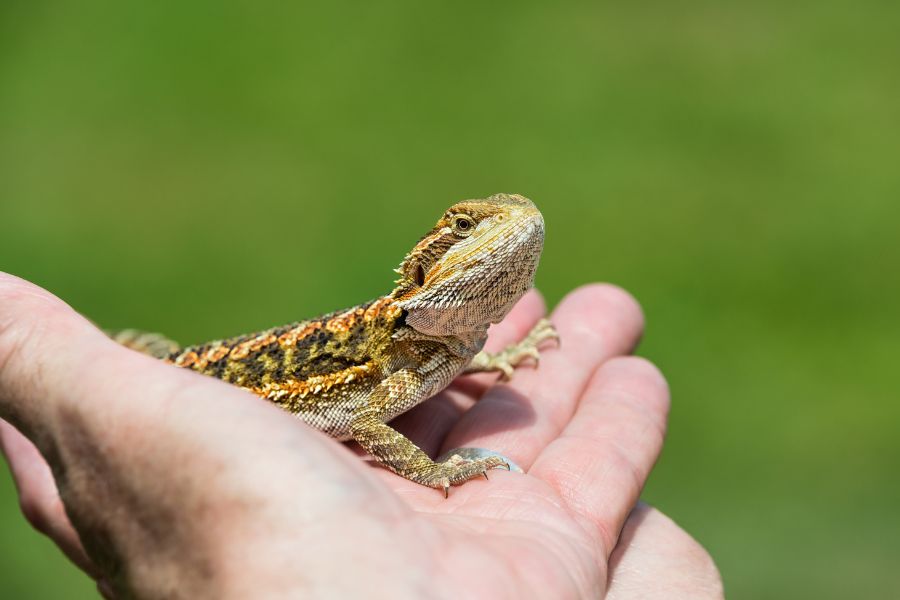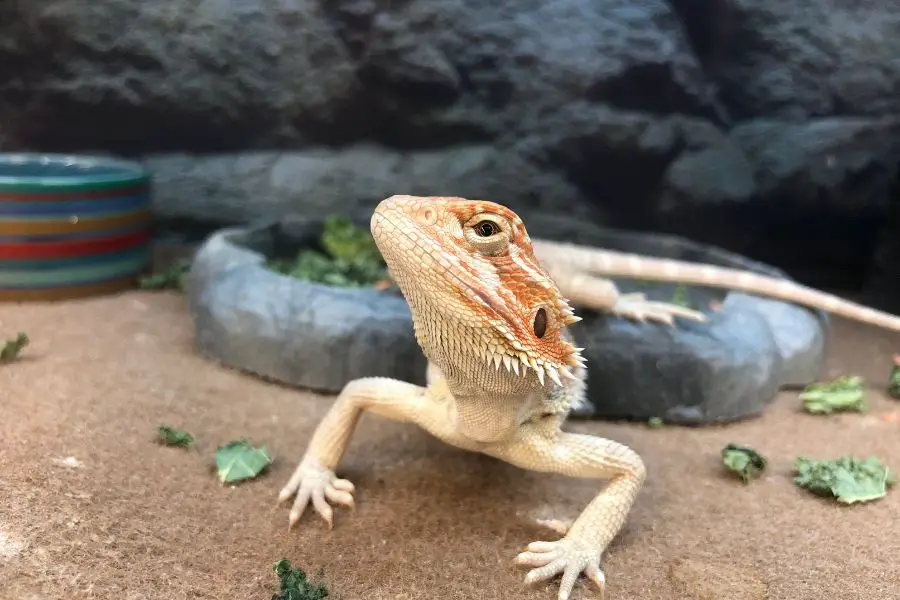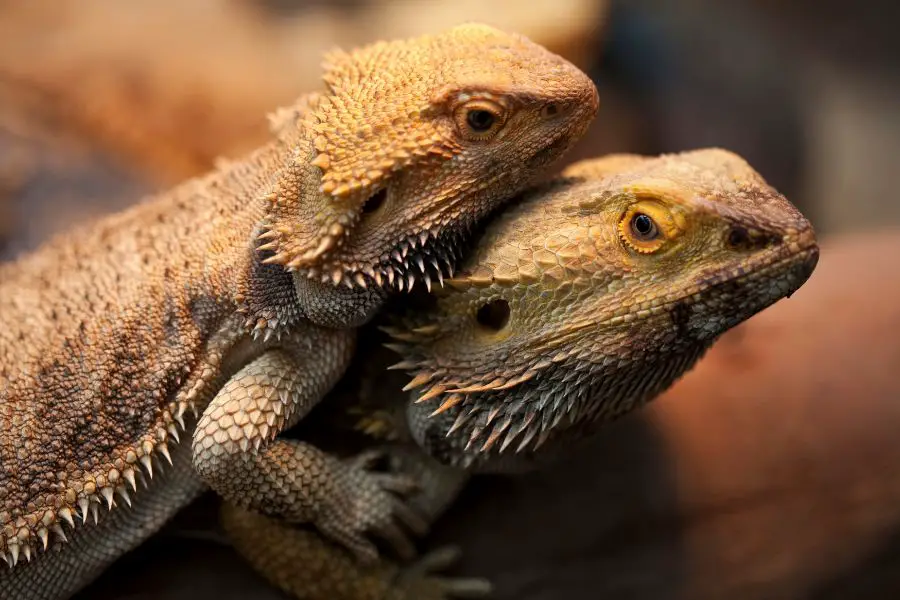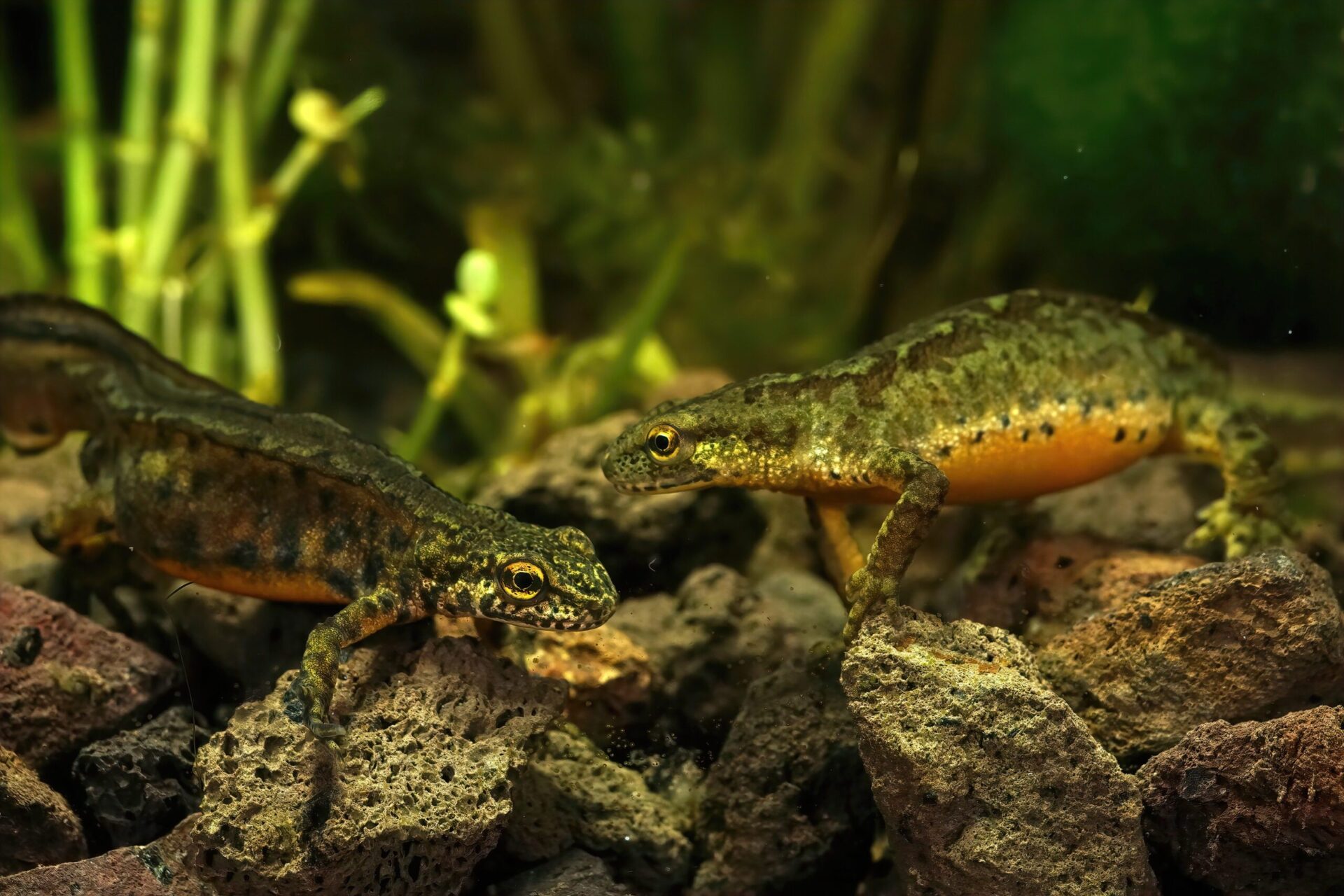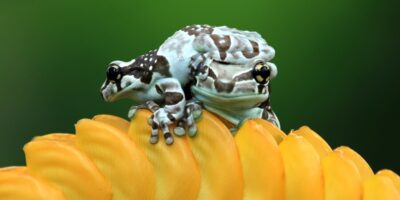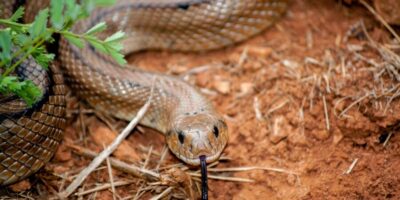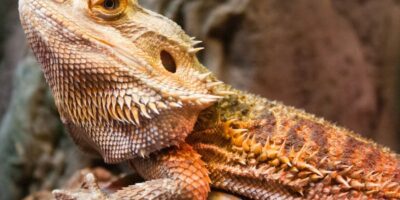Ackie monitors are cool lizards found in the dry parts of Australia. They’re part of the Varanidae family and live in rocky areas and deserts. These little to medium-sized reptiles have spiky tails and colorful skin that helps them hide. They’re active during the day, which means they love exploring and basking in the sun. When keeping Ackie monitors as pets, choosing the right tank size is super important. The tank size directly affects the overall well-being and happiness of your Ackie monitor.
Providing an appropriately sized tank ensures that your monitor has enough space to move around, exercise, and exhibit natural behaviors. It also helps maintain proper temperature and humidity levels, which are crucial for their health. So, selecting the right tank size is key to creating an easy and thriving habitat for your Ackie monitor buddy.
Ackie monitors are curious and intelligent, often displaying behaviors such as digging, climbing, and basking in the sun to regulate their body temperature. They have a reputation for being relatively docile and can make great reptile companions with proper care and a suitable environment.
Growth Rate and Adult Size
Ackie monitors have a relatively slow growth rate compared to some other reptiles. On average, they reach their adult size in about 2-3 years. The average adult size of an Ackie monitor is around 2 to 2.5 feet in length, with males typically being larger than females. It’s important to note that providing a proper diet, suitable habitat, and optimal conditions will contribute to their growth and overall well-being. With the right care, you’ll see your Ackie monitor buddy gradually reach their full size
It’s crucial to consider the future size of Ackie monitors when choosing a tank. These lizards can grow to be around 2 to 2.5 feet long as adults, so providing them with enough space is essential for their comfort and well-being. Selecting a tank that is appropriately sized from the start ensures that your Ackie monitor will have enough room to move around, explore, and engage in natural behaviors as they grow. It’s always better to plan and provide a spacious habitat that can accommodate their future size, creating a happy and growing environment for your scaly friend
Activity level and Behaviour
Ackie monitors are known for their active and curious nature. These lizards are always on the move, exploring their surroundings and investigating anything that catches their attention. They love to climb, dig, and burrow, so providing them with an enriching environment with plenty of branches, rocks, and substrate to explore is essential. Ackie monitors are also known to be quite intelligent and can even recognize their owners. Interacting with them through gentle handling and supervised playtime outside of their enclosure can help foster a strong bond. Get ready for an exciting and engaging experience with your curious and lively Ackie monitor companion.
It’s crucial to provide enough space in the tank for Ackie monitors to engage in their natural behaviors such as climbing, burrowing, and basking. These activities are essential for their physical and mental well-being. Ackie monitors are skilled climbers and providing branches, logs, or other climbing structures allows them to exercise and explore their environment. They also love to burrow, so a deep substrate layer allows them to dig and create tunnels, which mimic their natural habitat. Additionally, having a designated basking area with a heat source is vital for their thermoregulation and overall health. By offering ample space for these behaviors, you’re ensuring a happy and enriched life for your Ackie monitor.
Recommendation regarding tank size
Ackie monitors need enough space in their tank for climbing, burrowing, and basking. For a single adult Ackie monitor, a minimum tank size of 4 ft x 2 ft x 2 ft is recommended. If you have multiple Ackie monitors, a larger enclosure of at least 6 ft x 3 ft x 3 ft is needed. Remember, the more space you provide, the better it is for their natural behaviors and overall well-being.
When it comes to tank sizes for Ackie monitors, it’s important to consider the pros and cons to make an informed decision. Bigger tanks have advantages like giving them more space to climb, burrow, and explore, which keeps them happy and healthy. They also reduce the risk of territorial conflicts if you have multiple monitors. On the other hand, smaller tanks can limit their movement and natural behaviors, potentially leading to stress and health issues. So, it’s best to prioritize larger tanks whenever possible, but if space is limited, make sure to meet the minimum size recommendations and provide proper care and enrichment.
Factors
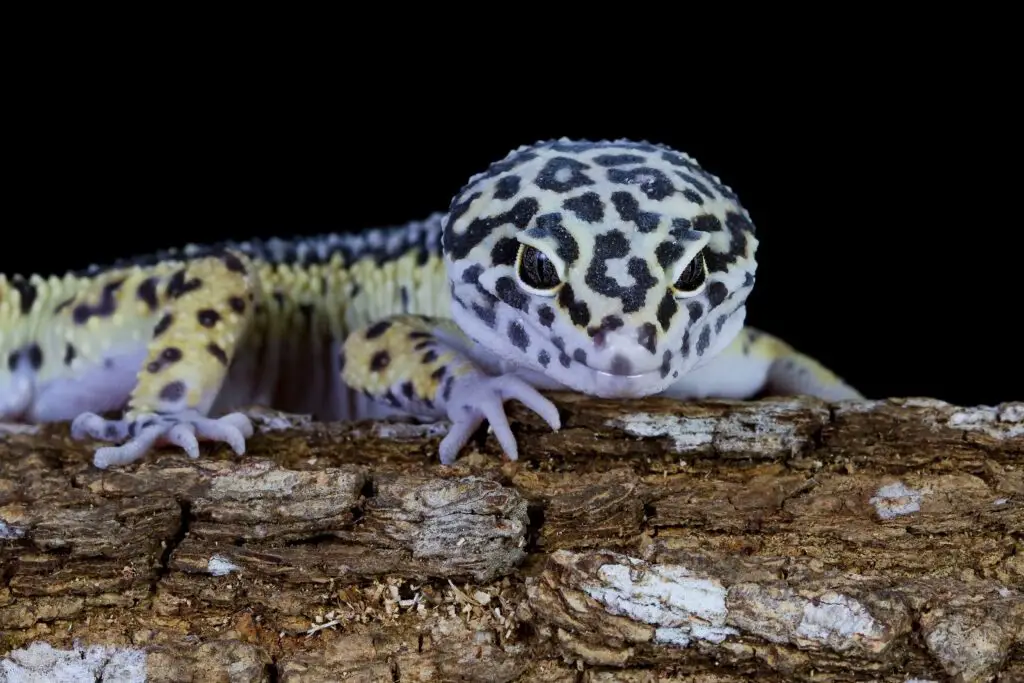
When it comes to Ackie monitor enclosures, there are a few other factors to consider besides tank size. Height: Ackie monitors love to climb, so it’s great to have a tall enclosure with branches, shelves, or rocks for them to explore and climb on. It helps them to engage in their natural behaviors.
Ventilation: Making sure there’s good airflow in the enclosure is important. It helps maintain a healthy environment for your Ackie monitor by preventing humidity buildup and keeping the air fresh.
Substrate Choices: Choosing the right substrate is key. A mix of soil, sand, and coco coir works well as it mimics their natural habitat and allows them to burrow. Avoid substrates that can cause problems if ingested.
Temperature and Lighting: Maintaining the right temperature gradient and providing UVB lighting is crucial. They need a warm basking spot around 120°F (49°C) and a cooler area around 80°F (27°C). UVB lighting helps with calcium metabolism and prevents bone issues.
Furniture and Enrichment: Adding hiding spots, branches, rocks, and other enrichments makes the enclosure more stimulating. It allows your Ackie monitor to exhibit natural behaviors like climbing, exploring, and hiding.
Setting up Enclosure
When it comes to creating a home like environment within the chosen tank size for your Ackie monitor, there are a few important factors to consider. First off, proper heating is key. You’ll want to provide a temperature gradient within the enclosure, with a basking spot around 120°F (49°C) and a cooler area around 80°F (27°C). This allows your Ackie monitor to regulate its body temperature. Next, lighting is crucial. Make sure to provide UVB lighting to support their calcium metabolism and prevent bone issues. Additionally, hiding spots are important for your Ackie monitor’s sense of security. You can include caves, logs, or artificial plants for them to hide in. Lastly, choose an appropriate substrate like a mix of soil, sand, and coco coir to allow for burrowing. These elements combined will help create a comfortable and stimulating environment for your scaly friend. Enjoy setting up their new home.
Maintenance and Upkeep
Maintaining the enclosure of your Ackie monitor is crucial for their health and well-being. Regular cleaning is essential to keep the habitat clean and hygienic. Remove any uneaten food, feces, and shed skin daily. Conduct a deep clean of the enclosure every few weeks, disinfecting surfaces and replacing the substrate if necessary.
Monitoring temperature and humidity levels is also important. Use a reliable thermometer and hygrometer to ensure the temperature gradient and humidity are within the appropriate range. Aim for a temperature of around 120°F (49°C) in the basking spot and around 80°F (27°C) in the cooler area. Maintain a humidity level of around 40-60% to support proper shedding and respiratory health. Adjust heating and misting as needed to maintain optimal conditions.
Regularly inspect the enclosure for any signs of damage or wear, ensuring that all heating and lighting equipment is functioning properly. Additionally, provide fresh water daily and check for any signs of illness, disease or abnormal behavior in your Ackie monitor. By maintaining a clean and well-regulated environment, you’ll be providing the best possible habitat for your scaly friend. Keep up the good work
Conclusion
In conclusion, taking proper care of your Ackie monitor’s habitat is essential for their well-being. Regular cleaning, maintaining the right temperature and humidity, checking equipment, providing fresh water, and monitoring their health are key factors in ensuring a healthy and happy environment for your scaly companion. By following these guidelines, you can create a pristine enclosure that promotes their overall health and happiness. Remember, a clean and well-maintained habitat is the foundation for a thriving Ackie monitor.
